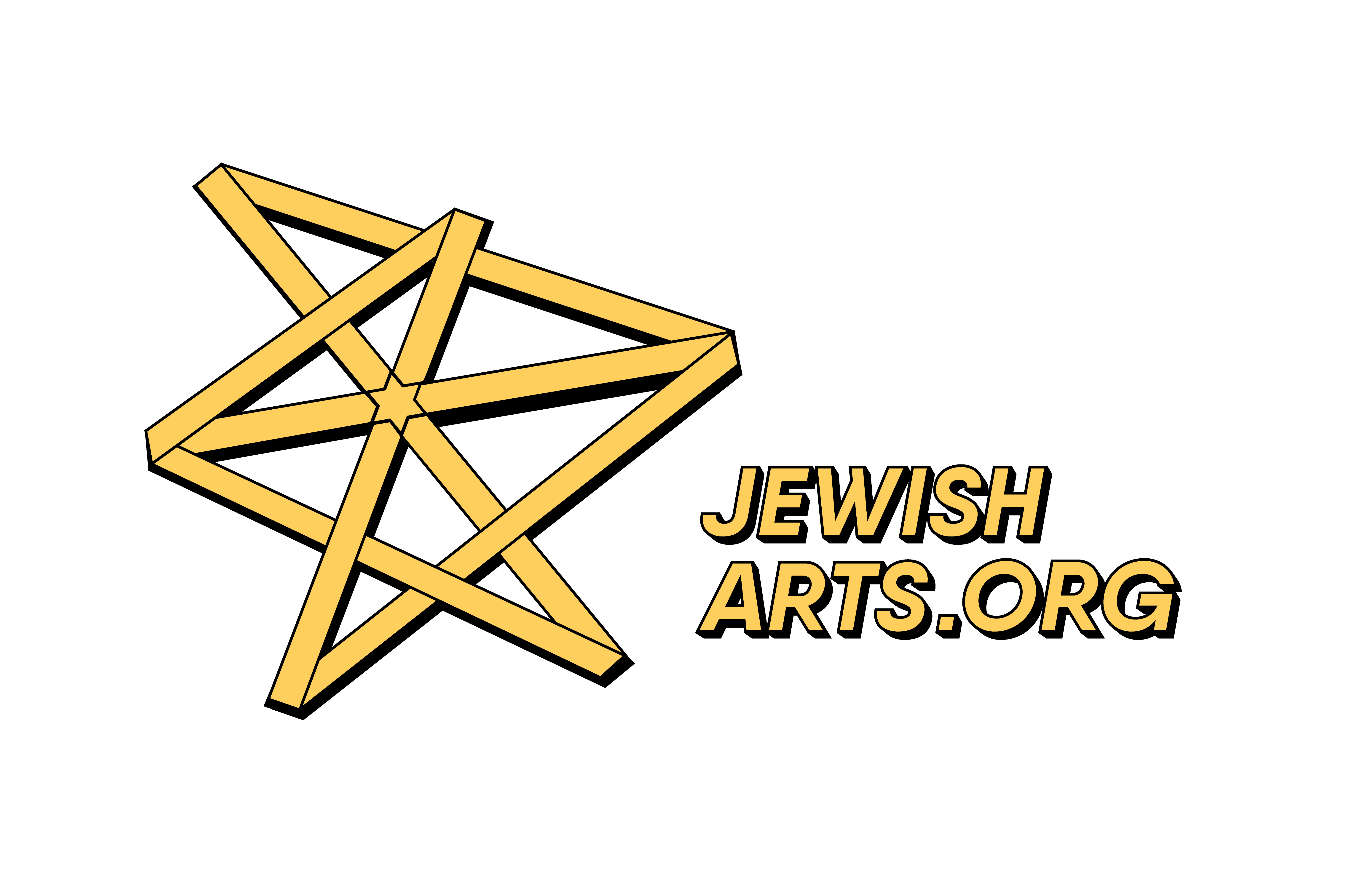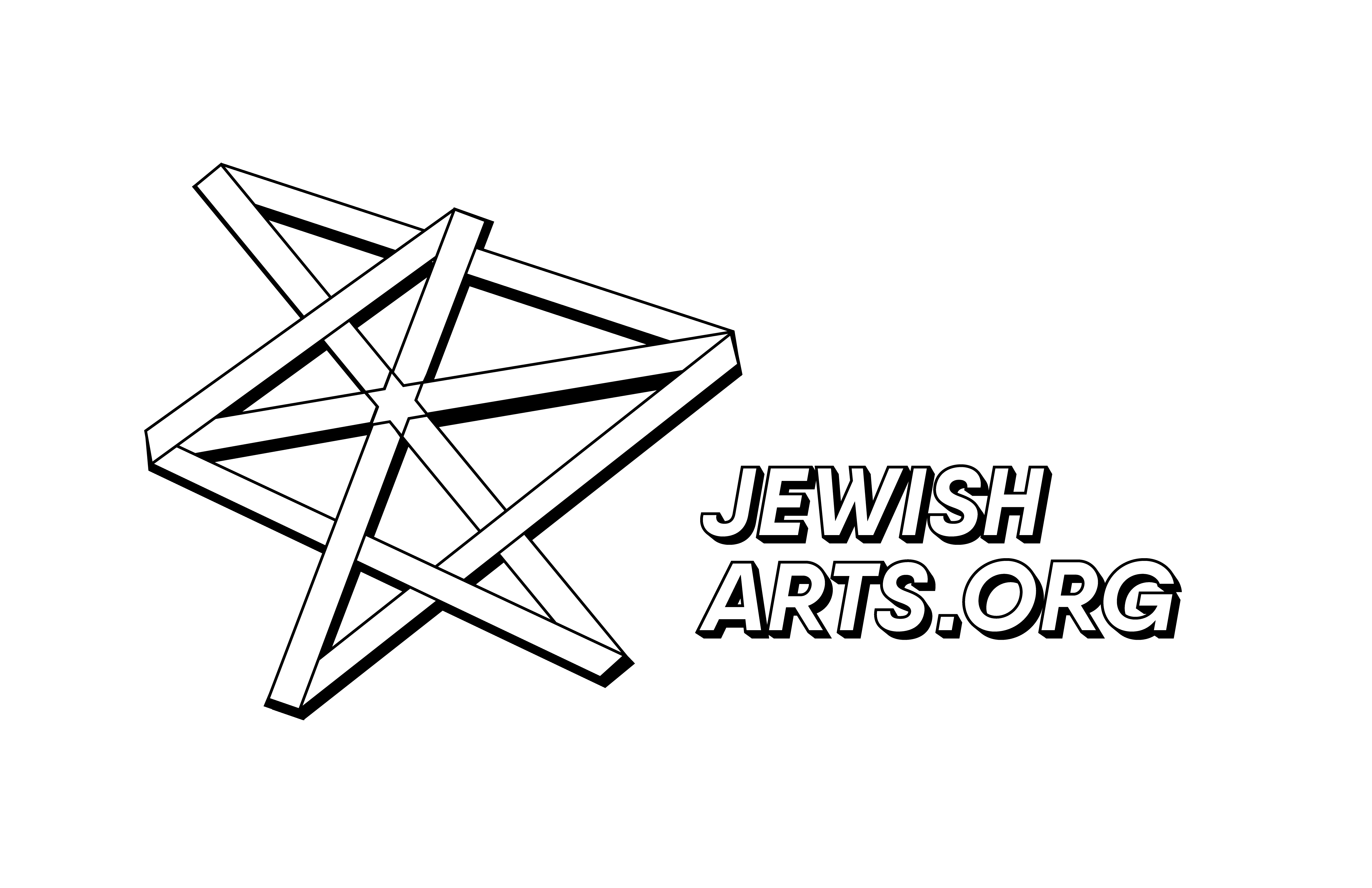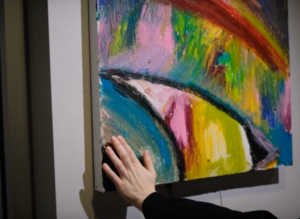Hulaulá: The Jewish Neo-Aramaic Dialect of Sanandaj, Iran
Published Dec 8, 2022
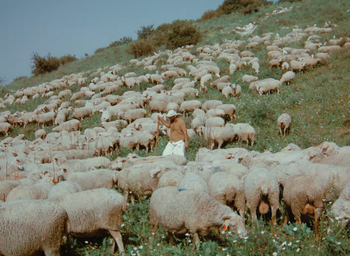
Hulaulá
All over the Diaspora, Jews have always developed their own versions of surrounding languages, making changes that reflect their lives and cultures. Perhaps the first Diaspora Jewish language was the Middle Eastern lingua franca, Aramaic. Once widespread, this language survived two millennia in mountain-dwelling Jewish and Christian communities of the Middle East, and today most Jewish Aramaic speakers speak Hulaulá, whose unique sound developed around the city of Sanandaj in Iran.
Also called Lishana Noshan, “our language,” this dialect has diverged from its Bible- and Talmud-era roots to include many phrases and loanwords from Indo-European languages like Sorani Kurdish and Persian, fellow Semitic languages like Hebrew and Arabic, and Turkic languages like Turkish and Azeri. Besides this mixed vocabulary, Hulaulá displays unique phonetic changes that render it difficult or incomprehensible to speakers of other Aramaic dialects. Hulaulá represents the easternmost frontier of native Semitic-speaking Jews, beyond which local populations spoke Judeo-Median and Persian dialects. Today, the majority of remaining speakers live in Israel and the United States. Though younger generations no longer speak it, some have shown renewed interest in learning Hulaulá and even making new contemporary music featuring the language, like in HULAULA’s groundbreaking music video, “Ahu Khanem” (above).
Jewish Neo-Aramaic with Alan Niku
Until recent efforts, there was limited public knowledge of the existence of Jewish languages besides Yiddish and Ladino. Even among Jewish communities in Israel and Iran, Jewish Neo-Aramaic was constantly minimized. With renewed interest in Jews of the Middle East, the restoration and resurrection of particular Jewish languages like Hulaulá can serve as an example of the universal need for cultural preservation, especially as underrepresented cultures begin to receive recognition. This work is particularly urgent—many Jewish Neo-Aramaic dialects have already gone extinct — but the fact that some native speakers of Hulaulá are still alive gives us the opportunity to illuminate this language among students of Jewish culture. Truly, language is the most detailed look we can get into a culture, even if no Jews remain in Sanandaj today. For young Jews who may never get to visit their ancestral home in Kurdistan, meet their grandparents, or feel connected to a place culturally or physically far from their current homes, the emerging ability to learn this language can connect them to Judaism in the way their Ashkenazi friends do by learning Yiddish or eating European Jewish foods. Creating new songs and culture in this language is only the first step.
Above: (4 min) This short film by Alan Niku offers a brief introduction to Jewish Neo-Aramaic, spoken by Jews in the Kurdish region of Iraq, Iran, and Turkey. The language is related to the ancient Aramaic language of the Talmud, some prayers, and parts of the Bible, but it differs due to historical developments and influences from local languages like Persian, Kurdish, Arabic, and Turkish. Jewish dialects are often more similar to each other than to local Christian Aramaic dialects. Today, Jewish Neo-Aramaic is endangered, as most speakers moved to Israel, the US, and other regions and did not pass their mother tongue along to their children. This film includes clips of conversation and song and images of Jews from the Kurdish region.
Writer, Editor: Alan Niku
Producer: Sarah Bunin Benor, HUC-JIR Jewish Language Project
Narrator: Yasmine Razi
Music: Adi Kadussi
Images, Audio, and Video: Diarna, Alan Niku, Geoffrey Khan, Endangered Language Alliance, Mother Tongue, and Sarah Bunin Benor
Speakers: Noga Cohen, Sabiḥa Cohen, Yosef Cohen, Ilan Cohen, Massoud Tavakoli, Alan Niku, Hay-El, Mina, Dalya Ḥarfuf, Moussa Haim Jalil Harooni, Aziz Davidi, Nurollah Zargari
Click here to learn more and donate to this important work.
Fun Fact about Jewish Neo-Aramaic #1
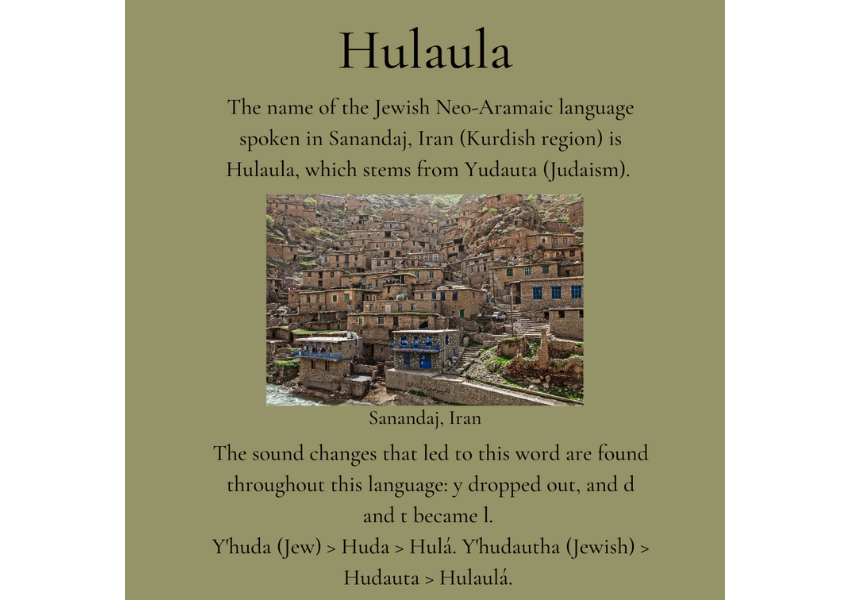
Hulaula: The name of the Jewish Neo-Aramaic language spoken in Sanandaj, Iran (Kurdish region) is Hulaula, which stems from Yudauta (Judaism). The sound changes that led to this word are found throughout this language: y dropped out, and d and t became l. Y’huda (Jew) > Huda > Hulá. Y’hudautha (Jewish) > Hudauta > Hulaulá.
Fun Fact about Jewish Neo-Aramaic #2

Iranian Kurdistan: In Jewish Neo-Aramaic, a word for a Yeshiva in Iranian Kurdistan is “qaraulá” — qara for “read” and the ula suffix for “ness”.
Fun Fact about Jewish Neo-Aramaic #3
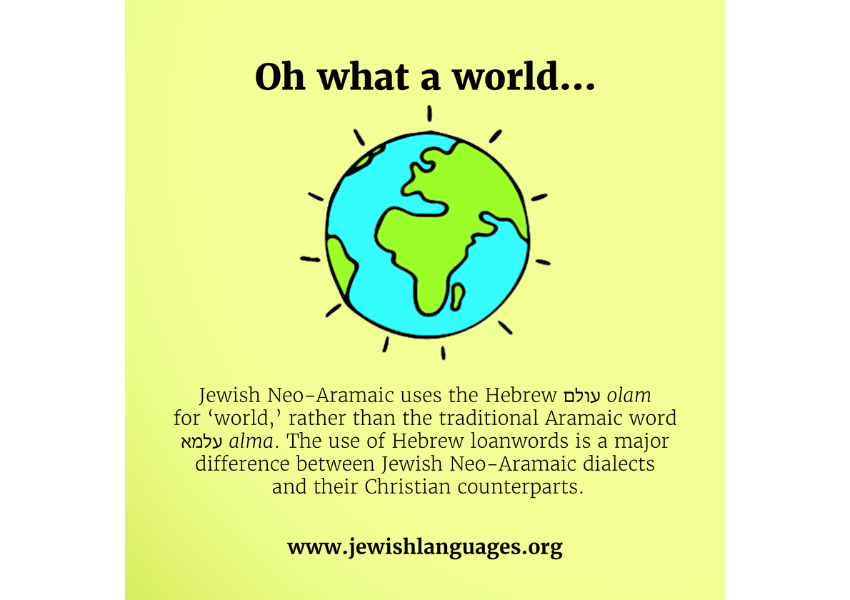
Oh what a world: Jewish Neo-Aramaic uses the Hebrew עולם olam for ‘world,’ rather than the traditional Aramaic word עלמא alma. The use of Hebrew loanwords is a major difference between Jewish Neo-Aramaic dialects and their Christian counterparts.
Fun Fact about Jewish Neo-Aramaic #4

A woman with two souls: To say that a woman is pregnant, speakers of Hulaula (Jewish Neo-Aramaic) use the expression bakhta tre gyane, which means, “a woman with two souls.”
The HUC-JIR Jewish Language Project promotes research on, awareness about, and engagement surrounding the many languages spoken and written by Jews throughout history and around the world, from Ladino and Yiddish to Judeo-Arabic and Judeo-Malayalam.
Reflections
For history buffs:
Hulaulá has many loanwords from other languages. What can we learn about the Jews of Sanandaj by finding commonalities and differences with the surrounding Jewish and non-Jewish languages? Were they culturally open to the surrounding communities or were they simply conquered often?
For linguists:
What phonetic changes might have led the word “Yehudah/Yahadut” to morph into words as diverse as Judah/Judaism, Yid/Yiddish, Juhuro/Juhuri, Yahood/Yahoodi, and Hula/Hulaulá?
For anyone:
What cultural features connect you to your own ancestors? What other features of Kurdistan’s Jewish community would be essential to gaining an understanding of its culture?
Want more?
Get curated JewishArts.org content in your inbox
